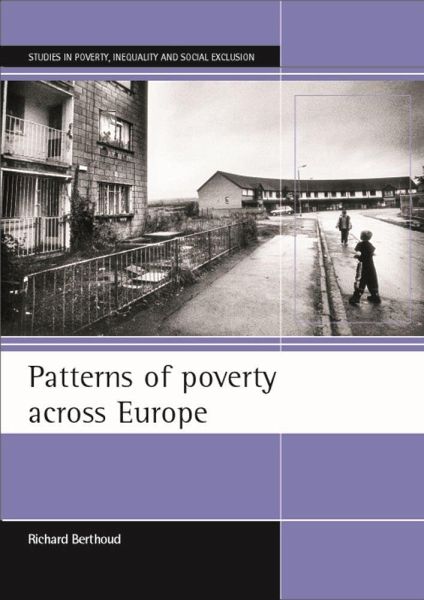Nicht lieferbar

Patterns of Poverty Across Europe
Versandkostenfrei!
Nicht lieferbar
Almost all household poverty statistics count the number of poor in relation to the national average of the country in which they are living. Would the picture be different if we compared families' incomes with the local regional average? Or why not compare incomes across the whole of Europe? Using new EU-wide data, this report shows very different patterns of poverty across Europe, depending on the benchmark used. From a European perspective, the poor are heavily concentrated in Portugal, southwestern Spain, southern Italy and Greece. The research also tests two methods of calibrating poverty...
Almost all household poverty statistics count the number of poor in relation to the national average of the country in which they are living. Would the picture be different if we compared families' incomes with the local regional average? Or why not compare incomes across the whole of Europe? Using new EU-wide data, this report shows very different patterns of poverty across Europe, depending on the benchmark used. From a European perspective, the poor are heavily concentrated in Portugal, southwestern Spain, southern Italy and Greece. The research also tests two methods of calibrating poverty lines to show which level of area offers the most sensitive indicator of social exclusion. The results fail to corroborate the conventional view that nationally based poverty lines are the most appropriate basis for international comparisons. The findings have important implications for the spatial distribution of poverty within and between countries and for the development of anti-poverty policy



